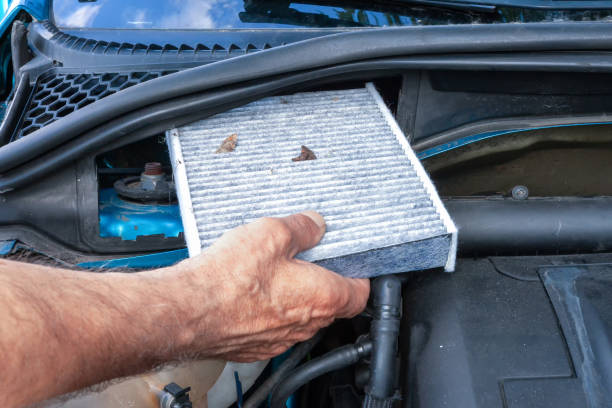The engine is at the core of any machine. It is made up of more than 30 parts that are designed to perform specific functions. The cylinder liner is a hollow tube that is not a working part but is installed to protect the cylinder walls.
The automobile industry is among the largest engine designers, with a wide range of functions and capacities for various vehicles. This, in turn, seems to require a variety of engine parts. We will explore the importance of cylinder lines and their multiple variations.
Why are cylinder liners essential?
Engines are essential for automobiles such as cars, bicycles, planes, and ships to function efficiently. Sleeves (cylinder liners) are critical to any kind of engine as they provide the following benefits.
Reduce Friction
The rapid pumping action of pistons causes friction on the cylinder walls. A liner separates the piston from the wall, providing a smooth surface for sliding and avoiding direct contact.
Reduce Wear and Tear
Increased friction and the absence of a liner can cause cylinder walls to wear out and crack. The sleeve is less expensive than a bulky engine so that it can save on costs.
Heat Transfer
Coolant liquids and gases are used to dissipate the heat generated by running engines. Liners protect engine walls by transferring heat directly to the coolant.
To Avoid Leakage Of Gases
All engines contain gases. Depending on the engine, these can be combustion gases or compressed gasses (CNG). Gas leakage through cracks in the wall can cause engine malfunctions and even a blast of gas due to high pressure.
Major Differences In Various Cylinder Liners
Because liquid coolants are preferred, automobiles use two different types of cylinder liners: dry cylinder lines and moist cylinder lines. The two-cylinder liners are similar in function but differ greatly in terms of design and efficiency.
Material and Manufacturing
Both dry and wet liners contain nickel and chrome alloy cast iron. Dry liners have a thin, robust tube compared to thick-lined sleeves. They require a high-grade mix of elements in order to resist the direct effects of heat and pressurization.
Dry sleeves are cast in their entirety and are made accurately before installation. Wet sleeves, on the other hand, do not require precise manufacturing because they can be shaped to fit and then adjusted.
Positioning in the Engine Block
Dry liners must be tightly fitted along the inner walls of the cylinder so that they do not come into contact with the walls of the coolant tubes. Wet liners attach directly to the jacket’s lining, away from the walls, which means they are almost outside the cylinders. Dry liners are thinner than later liners.
Use and Maintenance:
Dry liners can be difficult to replace because they’re not easily accessible from the outside. However, they’re also more exposed to friction and heat. Wet liners, on the other hand, are easier to remove and replace because they are located outside of the engine block. They are also less weathered and require no heavy maintenance.
Efficiency In Cooling
Wet sleeves that are in direct contact with coolants transfer heat more efficiently than dry liners. Dry liners cannot flush heat or contaminants out of their sleeves. Wet sleeves, however, are equipped with tiny holes at their ends.
The Durability of the Liner
Dry liners, as discussed in relation to their placement within the engine cylinders, can easily wear out or crack due to constant friction from the piston. Wet liners are more durable because the abrasion caused by the coolant is reduced.
Explore the Latest Air-Finned Liners
Air-finned cylinder lines are emerging as an alternative to the dry and wet cylinders that are common for engines with liquid coolants.
Air coolants are used in the latest models of automobiles, bikes, planes, and ships. They are more cost-effective than coolants and lubricants and require less maintenance. Air-finned liners work and perform almost like dry liners.
Conclusion
The automobile engine is one of those machines that are constantly under pressure. Engines are prone to wearing out under such pressure. Designers use sleeves or cylinder liners to minimize the effects.
Liners are available in dry, wet, or air-finned versions depending on the type and purpose of the engine. This article discussed the importance of cylinder liners for protecting vehicular engines and the different factors that determine their type.




